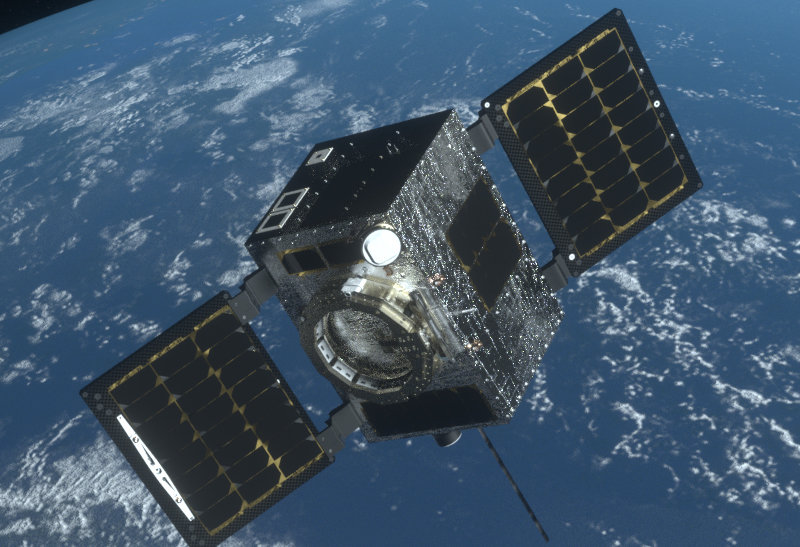Products You May Like
WASHINGTON — HawkEye 360 has raised $55 million in additional funding that the company says will allow it to complete its constellation of satellites that track ships and vehicles by their radio-frequency emissions.
HawkEye 360 said that NightDragon, a venture capital firm that specializes in security and related industries, led its Series C round, announced April 12. Several existing investors also participated, including Advance, Razor’s Edge Ventures, Shield Capital, Dorilton Ventures, Adage Capital and Esri International.
The company will use the funding for three additional clusters of three satellites each. The company, which has launched two such clusters to date, expects to have nine in orbit by the end of 2022. In addition, the funding will support work on ground infrastructure and data processing capabilities.
NightDragon, which has previously invested in several cybersecurity companies, sees HawkEye 360 as providing a complementary service. “Satellite technology is the next frontier in today’s digital world,” Dave DeWalt, founder and managing director of NightDragon, said in a statement. “Filling this knowledge gap will allow governments, companies and organizations to maximize their digital ecosystems. This is about cyber meeting space, using HawkEye 360’s tools for better management and protection of critical infrastructure.”
“HawkEye 360 continues to grow rapidly and improve our constellation to meet increasing customer demand,” John Serafini, chief executive of HawkEye 360, said in the statement. “This investment will further our goal of rapid revisit and low-latency data and data analytics, so our global customers can use this information to react quickly to pressing concerns.”
HawkEye 360 last raised $70 million in a Series B round in August 2019. The company says it has raised more than $155 million to date.
The funding round comes less than two weeks after the company announced it completed commissioning of its second cluster of satellites, launched Jan. 24 on the SpaceX Falcon 9 Transporter-1 rideshare mission. Those satellites, operating in groups of three, are able to pinpoint the location of radio-frequency emissions such as radars, radios and beacons. That’s attracted interest from both commercial and government customers, including the National Geospatial-Intelligence Agency.
HawkEye 360 says its next cluster of satellites will launch in June, followed by another in October. Future clusters will launch quarterly through 2023. The full constellation, the company says, will allow revisit times of “considerably less than an hour” to monitor areas of interest.
